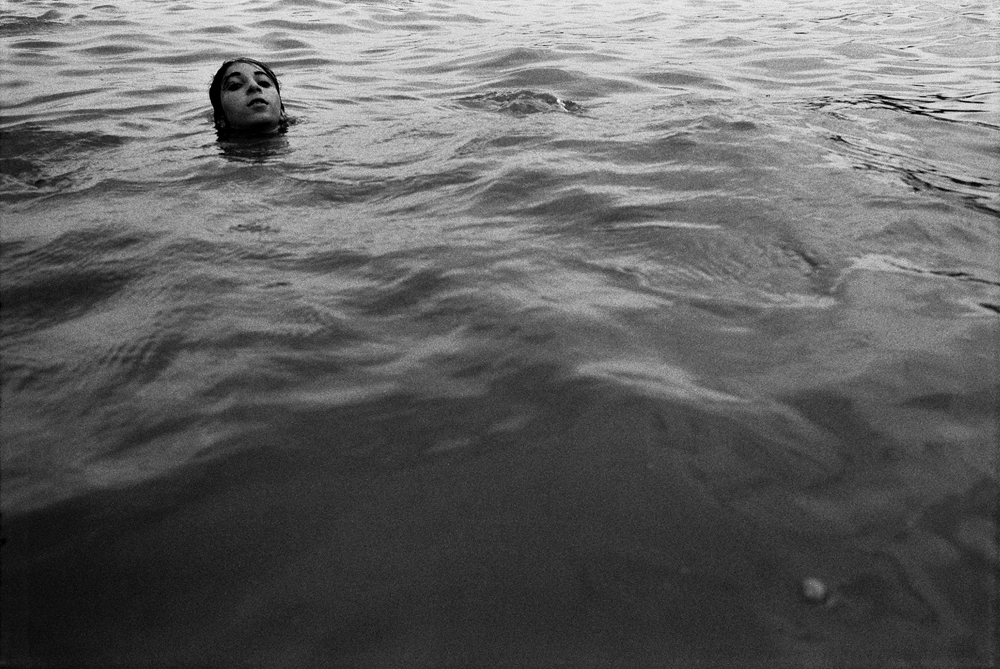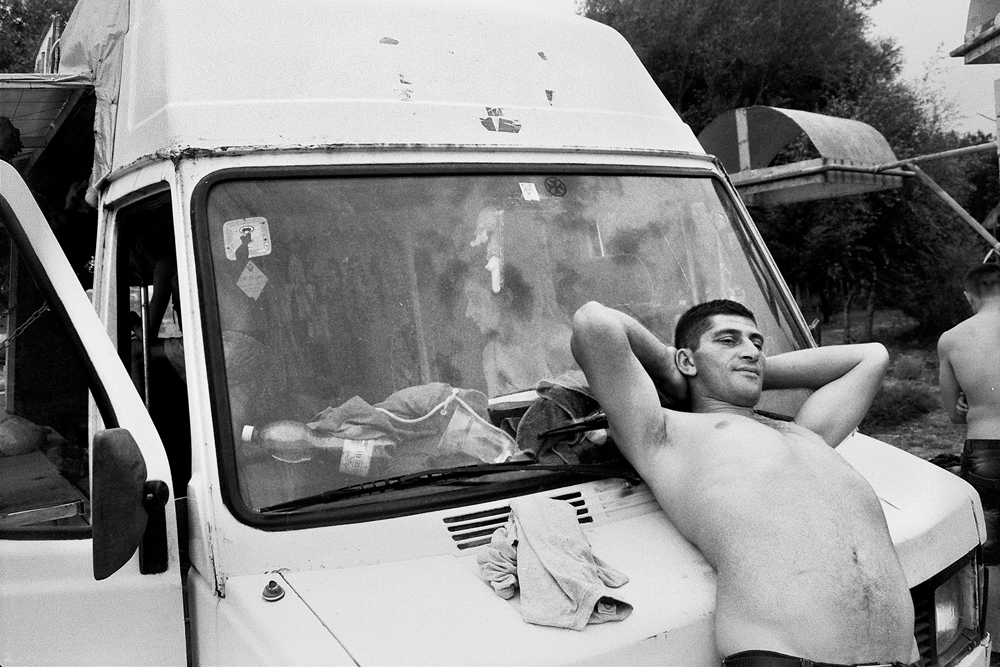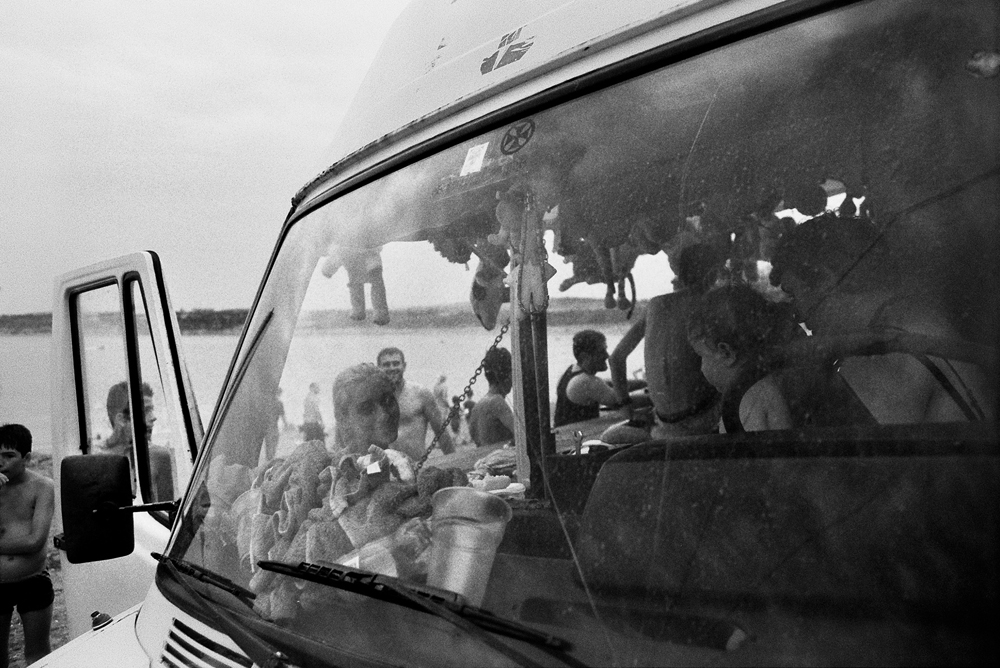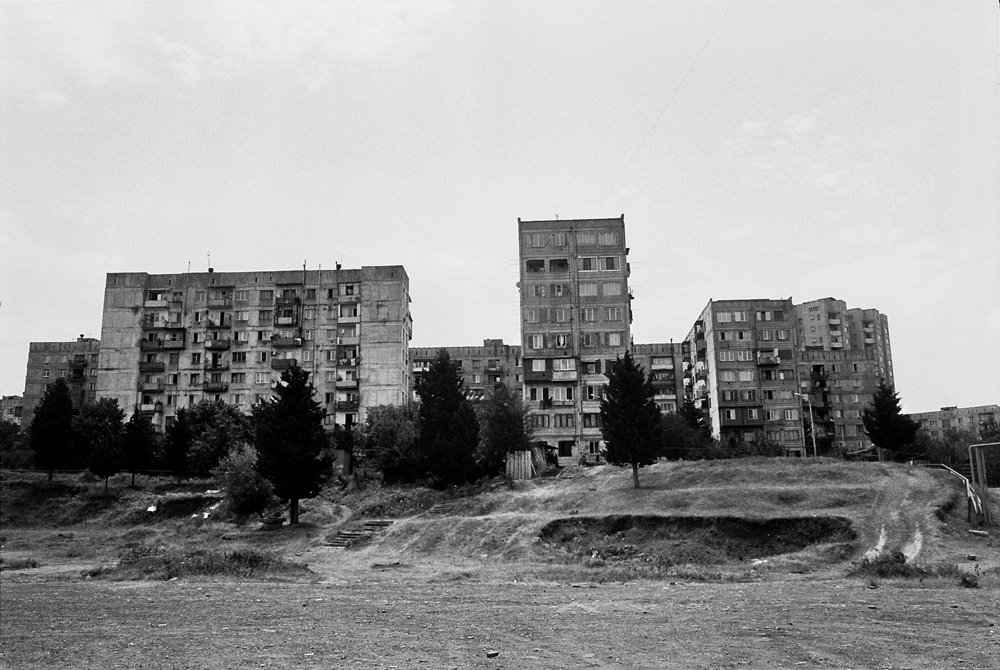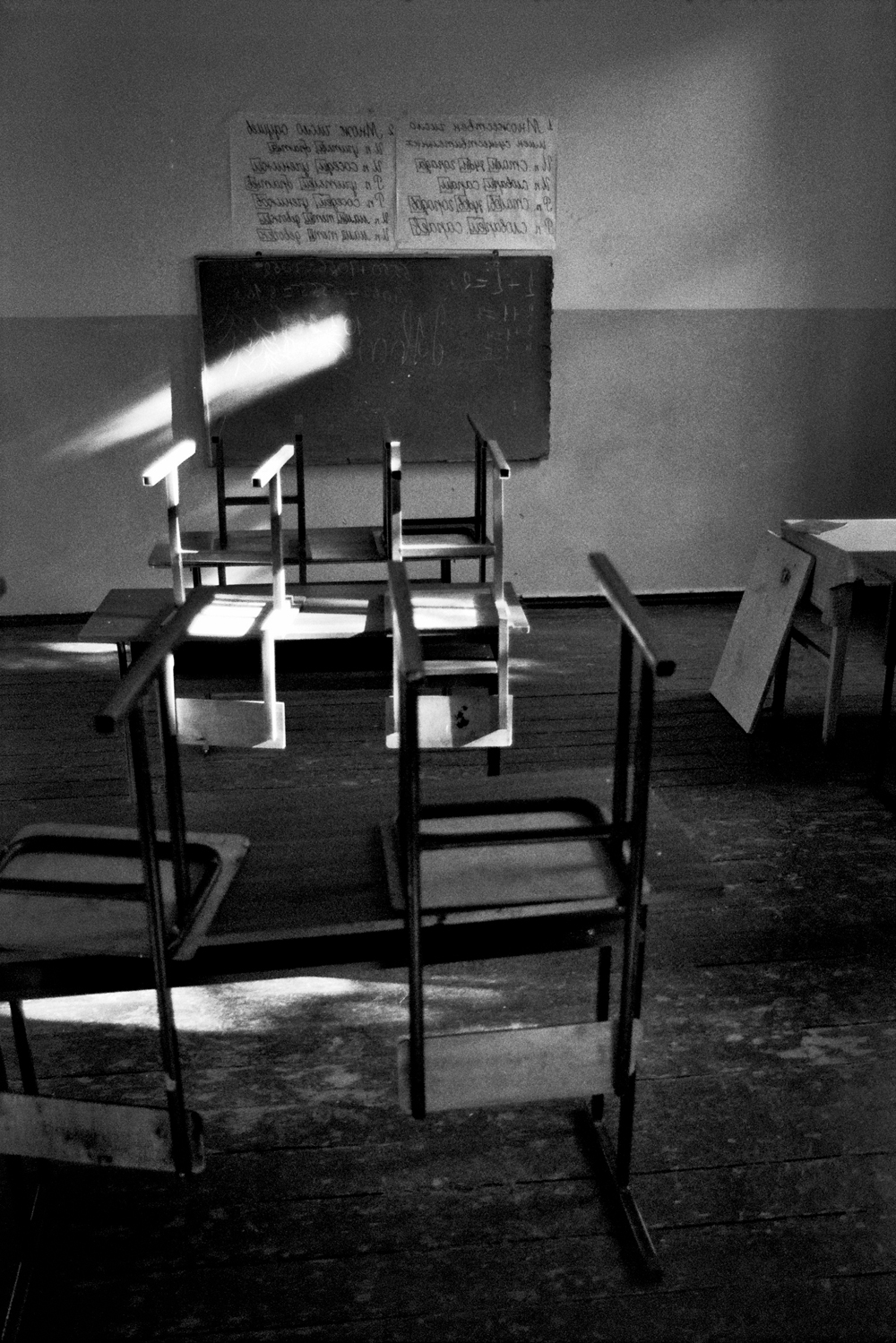Where do you come from?
I grew up nearby Bruges, Belgium.
Tell us a bit more about your self.
I am soon turning twenty-two. I would say that I have a quite poetic way of seeing the world around me. I like to sublimate things and I believe that beauty can be authentic too. There are a lot of other aspects of my personality that I haven’t explored yet. I’m working on that. I have been studying film directing in Ghent, Brussels and Helsinki. Right now I am starting my master degree.
How did you get into cinema? What does attract you to this art?
Reality has always fascinated me.
I believe cinema is collecting details of our reality and somehow creating and exploring another bigger reality/ representation. I also love the organic process of filmmaking. It pushes you to reflect on things, to criticise yourself and to discover and get close to people. Cinema also has some kind of capacity to transcend time, memory and it’s a great place to talk about loneliness.
Abbas Kiarostami helped me understanding the medium of cinema. He is brilliant, he achieves simplicity that’s so difficult to attain in many other art forms. He really made me aware of the presence of a real authorial voice behind a movie.
What do you think about film-education (film- schools or art academy in general)?
I believe dramaturgy and the way you structure a story, is something very personal. It is not something you can learn from a book or even at a film school.
It’s a lot about your personality, and you should allow it to be. Film education is a great tool for learning how to be critical. It is such an interesting environment to experiment within the medium and to develop your self. I would even say that film school has taught me more about myself than about filmmaking. Nevertheless I have noticed that many art students work in a hermetic bubble – they lose their goals and their aesthetics because of influences from teachers, they conceptualise their work too much. Narrative is often a kind of “dirty” word in art school. I prefer to make personal films, not private films.
You are an expert traveller.
How many countries have you been visiting? Which countries did affect you the most? How?
I never counted how many countries exactly, but let’s say traveling is important to me.
I recently spent a lot of time in the Baltic States, as well as in other Eastern European countries. I loved all of them for different reasons, mainly because of the sincere people and their twisted identities.
Recently you have been travelling around Georgia. Tell us a bit more about it.
I read articles about IDPs (Internally Displaced Persons; war refugees) from Abkhazia/South Ossetia and I thought it could be interesting to actually meet those people and try to understand their thoughts. Once I arrived in Georgia I realised many other themes were also interesting to explore. I followed an Armenian minority in Javakheti and tried to understand the complex and rich variations in individual lives. I also observed Georgians on their day trip to Tbilisi Sea, a dirty beach at a huge water reservoir nearby Gldani. Anyway, Georgia is a lovely country, definitely recommended to fellow travelers!
What do you look for in your subjects ( as a photographer ) or actors (as a director)?
Honesty.
They should abandon all the falsity. Also, I am interested in fragile characters who have a struggle. Characters who try to reach the surface, to get some air. Dramatically, I like conflict- I am always interested in what people show to the world, and what they hide to the world. I try to hang out with my subjects before shooting them, same goes for actors. I try to get to know what moves them deeply and feed their personality back into the script if I can.
Why did you decide to use B/W in your photography? How do you get inspirations and which are your masters?
I believe B/W photography can be much more abstract and metaphoric than color. It creates some kind of synthesis which helps the viewer to read the picture.
I also must admit that color is much more complicated – not just because of technical reasons – but mainly because it’s another element to reflect on: color itself. Color and content should create a visual statement, otherwise I believe it stays merely decorative.
I suppose I get inspiration from observing different kind of people and their way of being. I find it interesting when people react to my presence and reveal something about themselves in this process. I also enjoy walking, it slows down time, so I can actually start seeing things. Observing very clearly, so things become more defined. It gives me time to read faces. In every face there is a story, a past, a future. It is very interesting to look at faces – they are like a dictionary: full of words.
Mainly it’s just real life around me that inspires me, but among photographers, W. Eugene Smith, Alex Webb, Helen Levitt, Joseph Koudelka, Nikos Economopoulos, Mary Ellen Mark.
Which are your next projects?
I am not exactly sure, I would like to explore more within the thematics of identity and memory and how they affect each other.
I think I want to show the human scale of things, and go against the simplification. My next project might be a twisted love story in a post-Soviet setting – I am interested in broken lives, in moral dilemmas. Let’s see!
Pictures from “A Caucasus journey” series.
“Taboras Roma” series.
“Black Eyed Kids” series.





